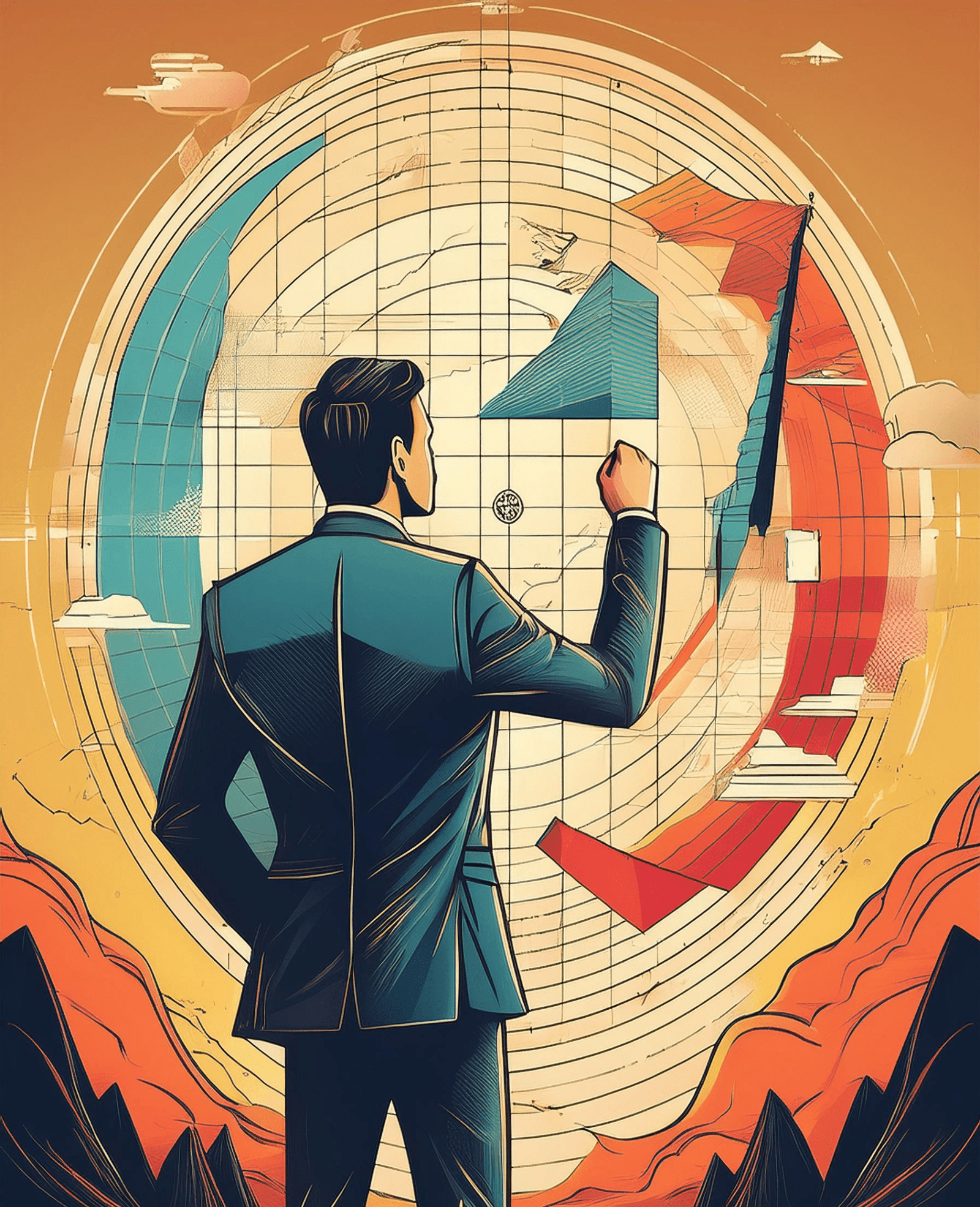Why do certain website layouts feel intuitive while others leave us frustrated? The answer lies in design psychology—the study of how cognitive processes and psychological principles influence our interactions with visual and functional elements. By decoding design psychology, designers can craft user experiences (UX) that resonate deeply with audiences, transforming casual users into loyal advocates. This post delves into the psychological factors and cognitive biases that shape user preferences, exploring why we love certain layouts and recoil from others.
The Foundations of Design Psychology
Design psychology integrates elements of cognitive psychology, neuroscience, and behavioral science to understand how users perceive, process, and respond to design.
Key Psychological Principles in Design:
- Gestalt Principles: Explains how people perceive visual elements as unified wholes rather than disparate parts.
- Hick’s Law: Suggests that decision-making time increases with the number of choices available.
- Fitts’s Law: Predicts the time required to move to a target area, emphasizing the importance of button size and placement.
- Color Psychology: Investigates how colors evoke emotions and influence decisions.
- Cognitive Load Theory: Highlights the importance of reducing mental effort for users to enhance usability.
Understanding these principles equips designers to create layouts that are both aesthetically pleasing and functionally effective.
Cognitive Biases That Shape User Preferences
Human cognition is riddled with biases that influence how we interact with design. Recognizing these biases allows designers to anticipate user behavior and tailor experiences accordingly.
1. Aesthetic-Usability Effect
Users often perceive aesthetically pleasing designs as more functional, even if usability issues exist. A sleek interface can instill trust and confidence, encouraging users to explore further.
2. Serial Position Effect
The tendency to remember the first and last items in a series impacts how users navigate menus and lists. Prioritizing important content in these positions enhances recall and engagement.
3. Anchoring Bias
Initial information serves as a reference point for subsequent judgments. For example, showing a higher price before a discounted offer makes the latter seem more appealing.
4. Herd Mentality
Users are influenced by the actions and preferences of others. Features like user reviews, social proof, and popularity indicators leverage this bias to build trust.
5. Attention Bias
Humans naturally gravitate toward elements that stand out visually. Strategic use of contrast, motion, and size directs user focus to key areas of a layout.
Why We Love Certain Layouts
Layouts that resonate with users often share common characteristics grounded in design psychology:
1. Clarity and Simplicity
Minimalism reduces cognitive load, allowing users to focus on essential tasks. Clean designs with ample white space and intuitive navigation ensure clarity.
2. Visual Hierarchy
Effective layouts guide the user’s eye through prioritized content. By leveraging size, color, and placement, designers can create a natural flow that aligns with user intent.
3. Consistency
Consistency in typography, color schemes, and interaction patterns builds familiarity, reducing friction and enhancing usability.
4. Emotional Resonance
Designs that evoke positive emotions through color, imagery, and tone create lasting impressions and foster loyalty.
5. Responsiveness
Layouts that adapt seamlessly to different devices and screen sizes offer a cohesive experience, reinforcing user satisfaction.
Why We Hate Certain Layouts
Conversely, layouts that frustrate users often suffer from critical design flaws:
1. Information Overload
Cluttered interfaces with excessive text, images, or options overwhelm users, leading to decision fatigue and abandonment.
2. Poor Navigation
Unintuitive menus, hidden elements, and broken links disrupt the user journey, causing frustration.
3. Inconsistent Design
Jarring inconsistencies in design elements or interaction patterns confuse users and diminish credibility.
4. Aggressive Interactions
Intrusive pop-ups, auto-playing videos, and excessive ads create a negative user experience, driving users away.
5. Neglecting Accessibility
Layouts that fail to accommodate users with disabilities alienate a significant portion of the audience, undermining inclusivity.
Leveraging Design Psychology for Better UX
Practical Applications:
- User-Centered Design: Conduct user research and usability testing to align designs with real-world needs and preferences.
- Effective Call-to-Action (CTA) Placement: Use Fitts’s Law to ensure CTAs are easily accessible and visually prominent.
- Balanced Content Distribution: Apply Gestalt principles to organize content into cohesive and digestible sections.
- Optimized Onboarding: Simplify onboarding processes with progressive disclosure and clear instructions to reduce cognitive load.
- Accessible Design: Incorporate features like keyboard navigation, alt text, and contrast ratios to ensure inclusivity.
The Future of Design Psychology
As technology evolves, design psychology will play an even more critical role in shaping user experiences:
1. AI-Driven Personalization
AI algorithms will analyze user behavior to deliver tailored layouts and content, enhancing engagement.
2. Emotional AI
Emotion-detection technology will enable designs that adapt to the user’s emotional state in real time.
3. Immersive Experiences
AR and VR interfaces will leverage design psychology to create intuitive and immersive virtual environments.
4. Neurodesign
Advancements in neuroscience will provide deeper insights into how users process visual information, enabling more effective designs.
Conclusion: Crafting Designs That Resonate
Design psychology bridges the gap between functionality and emotional resonance, allowing designers to craft experiences that delight users. By understanding cognitive biases, psychological principles, and user behavior, designers can create layouts that not only meet user needs but also exceed expectations. Whether it’s reducing cognitive load, leveraging visual hierarchy, or evoking positive emotions, the key to successful design lies in decoding what makes us love certain layouts and dislike others. As technology continues to evolve, so too will the potential for design psychology to shape the future of user experiences.




